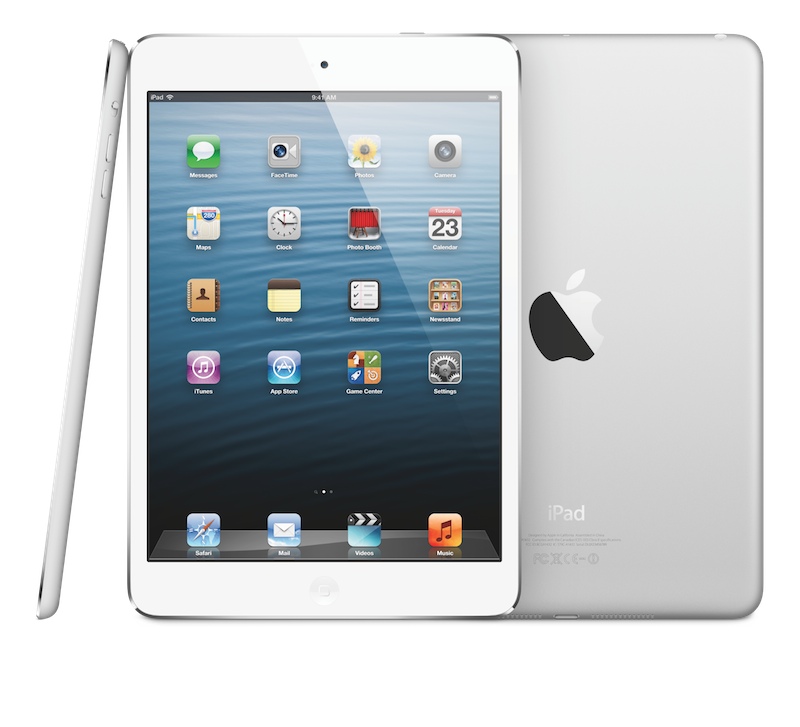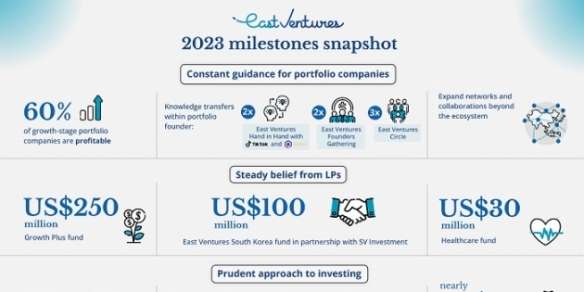Pricier iPad Mini gives rivals a lifeline: Analysts
By Edwin Yapp November 1, 2012
- iPad Mini pricier than expected; jury still out on whether consumers will bite although Apple is confident
- Profit margins still the main concern for Apple; Nexus 7 and Kindle Fire HD may still rule at lower end
NEWS ANALYSIS A week after the introduction of the much talked-about iPad Mini, industry observers and pundits still have some key unanswered questions, including who is targeting to reach with its reduced-sized device, and whether it will end up cannibalizing itself in the fast moving tablet game.
 In an immediate reaction to last week’s announcements, some analysts noted that the Cupertino, California-based computing giant’s first foray into the 7-inch tablet space was a little disappointing, citing the high price.
In an immediate reaction to last week’s announcements, some analysts noted that the Cupertino, California-based computing giant’s first foray into the 7-inch tablet space was a little disappointing, citing the high price.
Reuters reported that the US$329 price for the Wi-Fi only model was higher than many analysts had expected, with some saying the gadget might struggle to compete with the cheaper Amazon Kindle Fire and Google Inc's Nexus 7, which have prices starting in the US$159 to US$199 range.
"We were hoping the price would be at least a little lower given its competition is situated as low as US$99, with many starting in the US$199-US$249 range," said Ben Reitzes, analyst with Barclays Capital.
Colin Gibbs of tech blog GigaOm believes that while there’s no doubt that the iPad Mini will sell, he isn’t convinced that it “will prevent Apple from losing market share to the new wave of inexpensive tablets.”
“I’m unconvinced Apple has done enough here to fend off the competition at the low end of the tablet market,” he said in his blog posting. “At US$329, the iPad mini is substantially more expensive than Amazon’s line of entry-level tablets.”
Be that as it may, Apple’s marketing chief Phil Schiller defended the US$329 price of the new iPad mini tablet, saying consumers would be willing to pay for a premium product not found in less expensive devices from rivals like Google and Amazon, reported Reuters.
“The iPad is far and away the most successful product in its category. The most affordable product we've made so far was US$399 and people were choosing that over those [cheaper] devices,” Schiller said. “And now you can get a device that's even more affordable at US$329 in this great new form, and I think a lot of customers are going to be very excited about that.”
The portability factor
An analyst Digital News Asia (DNA) spoke with does not seem to think that the US$329 price tag will dampen would-be buyers' enthusiasm for the iPad Mini.
Vincent Stevens, manager at management consultancy Delta Partners, noted that Apple is banking on the power of its apps ecosystem and the quality of its design to justify its price point.
“Whilst the Nexus 7 mainly runs up-scale smartphone apps, the iPad mini has full access to the 275,000 iPad apps in iTunes as well as over 500,000 iPhone apps,” Stevens  (pic) told DNA in an email interview.
(pic) told DNA in an email interview.
“Apple is targeting those consumers who are happy to pay less and accept a slower processor (A5 vs. A6X in the iPad 4th generation) and a lower resolution (no retina display like in the iPad 4th generation) in exchange for much more portability. As such, a new entry segment for those wishing to take their tablet everywhere they go in their purses or coats.
Alongside with the launch of the iPad Mini last week, among other devices, was the launch of the 9.7-inch iPad 4th generation, six months after it introduced the iPad 3rd generation tablet.
Stevens also said he did not believe that Apple was cannibalizing its own products.
“Everyone thought it would cannibalize iPod sales as the music player [app] came ‘for free’ in the iPhone. [But] this did not take place, as customers clearly segmented the two different products, their price points and the different needs they were addressing.
“[The] key is to see if consumers would now segment their behavior into ‘portability-centric’ users who go for the iPad Mini, and those who want higher performance in a more expensive and bulkier 4th generation iPad device.”
Defensive move
London-based Adam Leach of Ovum however believes that the launch of the iPad Mini is a defensive move by Apple to stave off competition from cheaper and smaller tablets introduced by Amazon and Google.
Commenting in an Ovum research note, the practice leader of devices and platforms at the research firm said Apple faces a tough challenge with the iPad Mini.

“The companies achieved this price by keeping the bill of materials to a minimum and crucially adding minimal margin to the price of the device, and instead relying on content sales and greater consumer stickiness to make them profitable.”
Leach said Apple has left room for its competitors by starting the pricing of the iPad Mini at over US$100 more than its equivalent Kindle Fire or Nexus 7 in this category of 7- to 8-inch tablets. This approach will also minimize the impact of cannibalizing sales of its bigger brother, the new 4th-generation iPad.
The iPad Mini’s pricing also reflects the company’s wish to maintain its position as a premium brand in the eyes of consumers, while simultaneously preventing significant dilution of the profit margin on its iOS devices.
“Introducing a low-cost device that matched its rivals risked lowering its ample device margins and crucially affecting its Wall Street valuation. Ultimately it’s the consumers who will decide whether a repackaged iPad 2 starting at $329 represents sufficient value to justify their custom.”
On the issue of cannibalization, Delta Partners’ Stevens noted that the launch of the 4th generation iPad could mitigate some of the fallout that might face Apple.
“The 3rd generation iPad was not selling as well as expected due to only incremental improvements over its predecessor and rumors about the mini iPad,” he claimed. “Apple is perhaps starting a segmentation game with the parallel launch of the mini iPad.
“Consumers can [now] choose between the larger, faster and better ‘retina’ resolution of the iPad 4 or pay less and get the scaled down mini version.”
Shalini Verma, principal analyst for Gartner Asia Pacific, added, “There is a growing market for the 7-inch tablets, and while Apple has positioned the iPad Mini as a device that is light enough for one hand usage outside the home, the real value of the 7-inch tablet in Asia is affordability," she said. “The current 7-inch tablets in the market have proven that there is a mass market these devices.”
Related stories:
Why in the world would Apple introduce the Mini?
As Apple takes center stage, iPhone 5 is evolutionary, not revolutionary
What the new iPad announcements didn’t tell you


